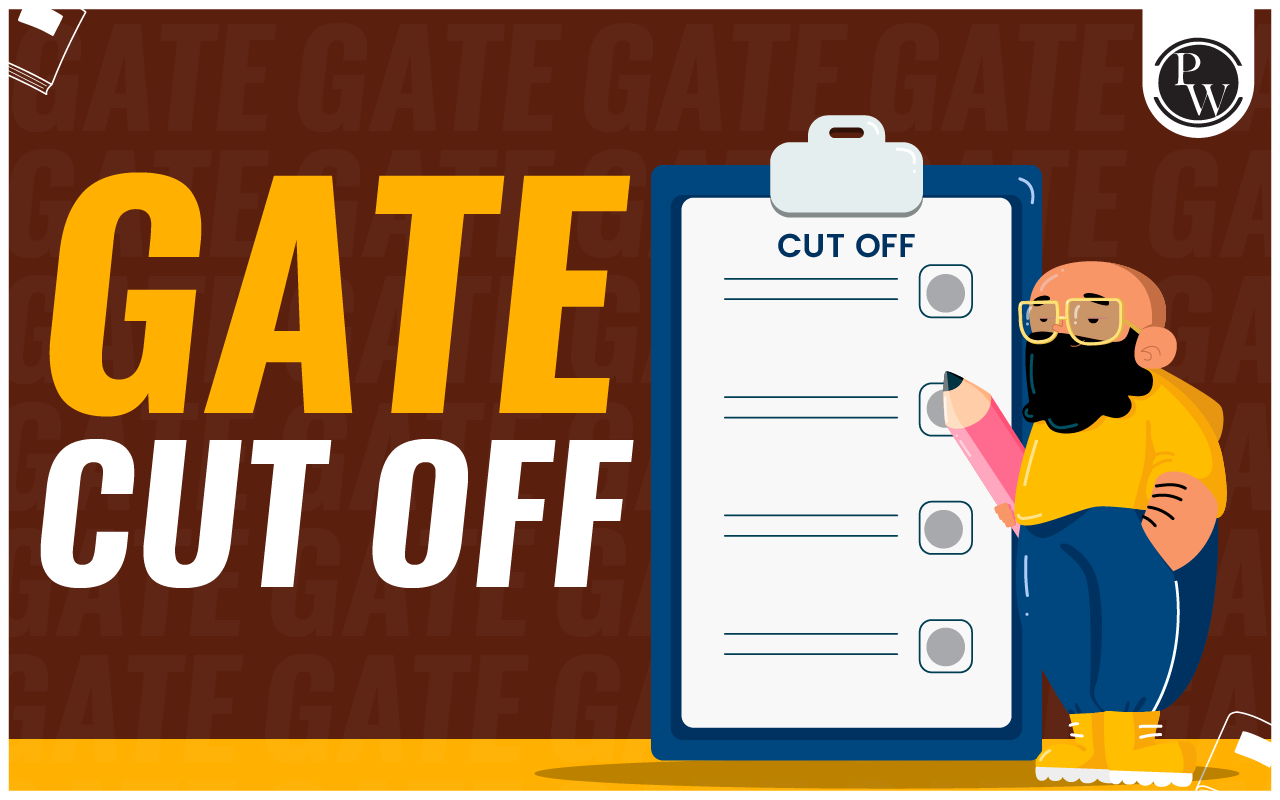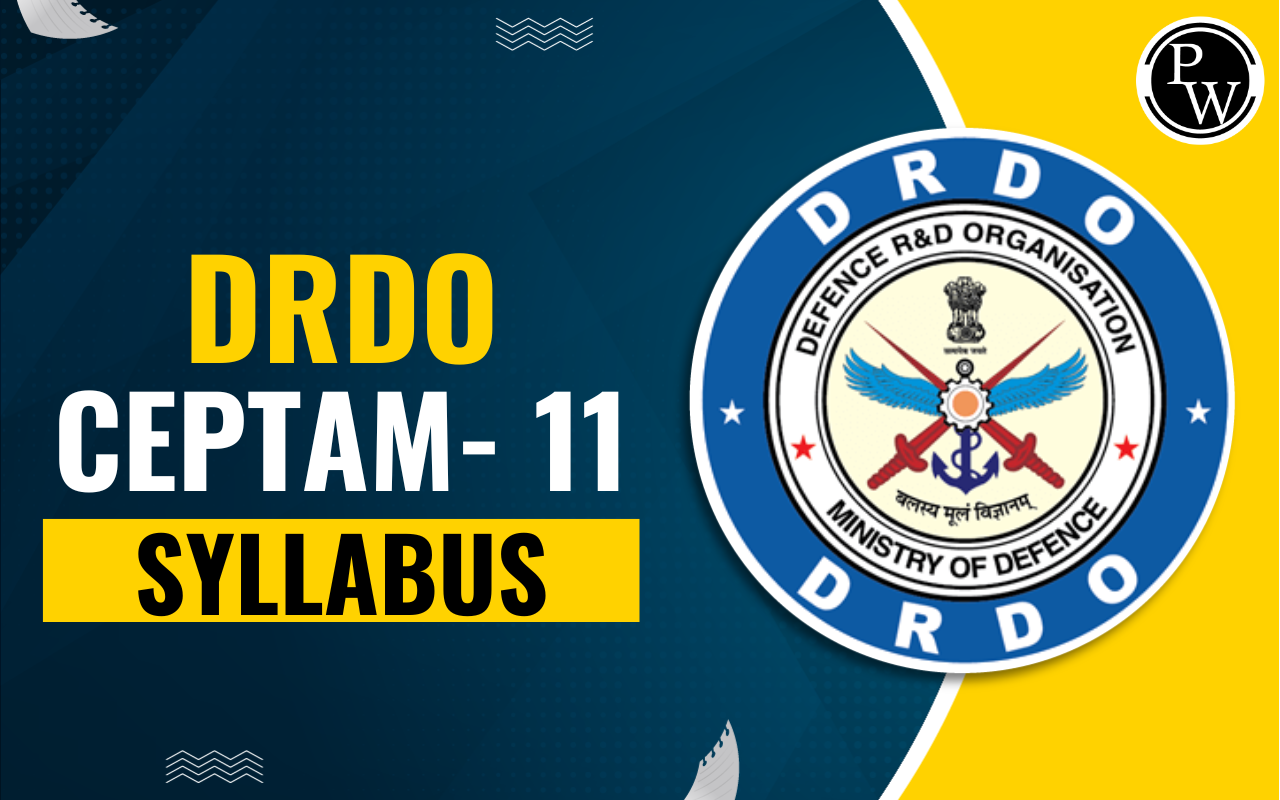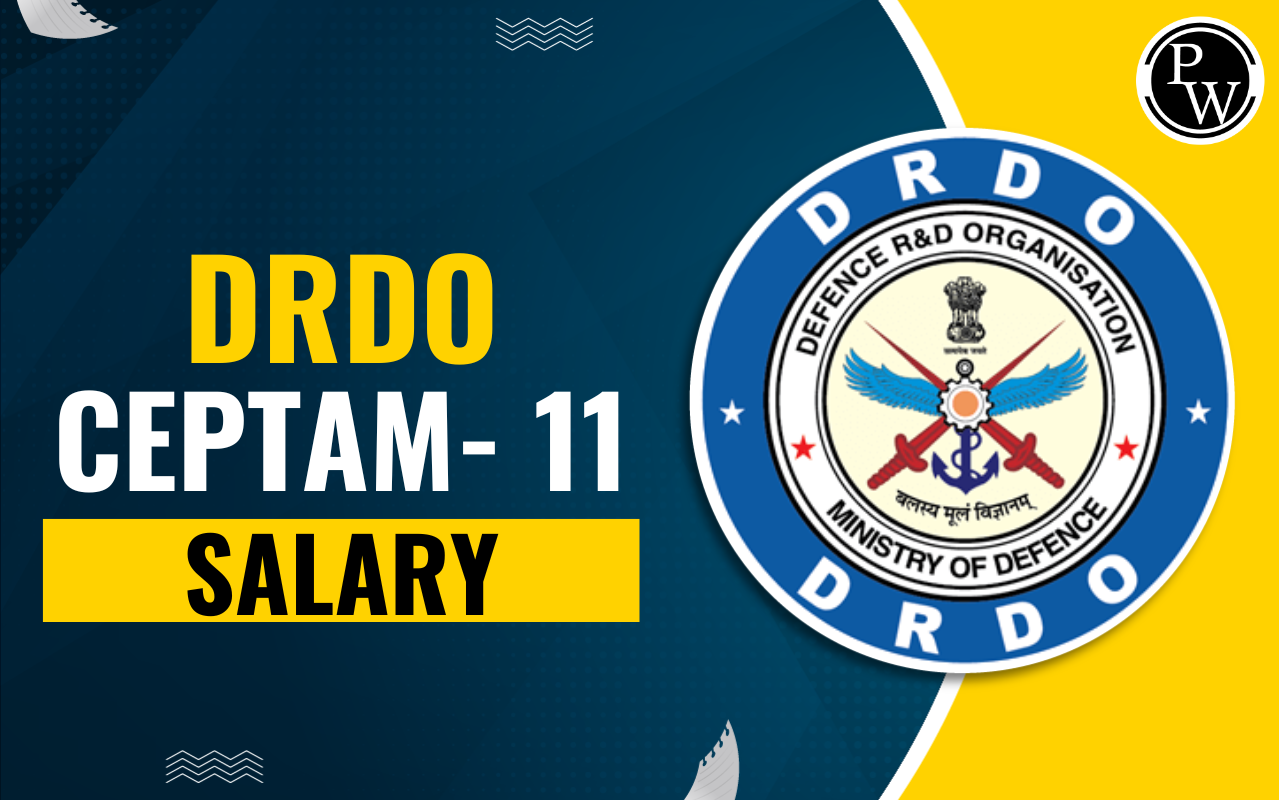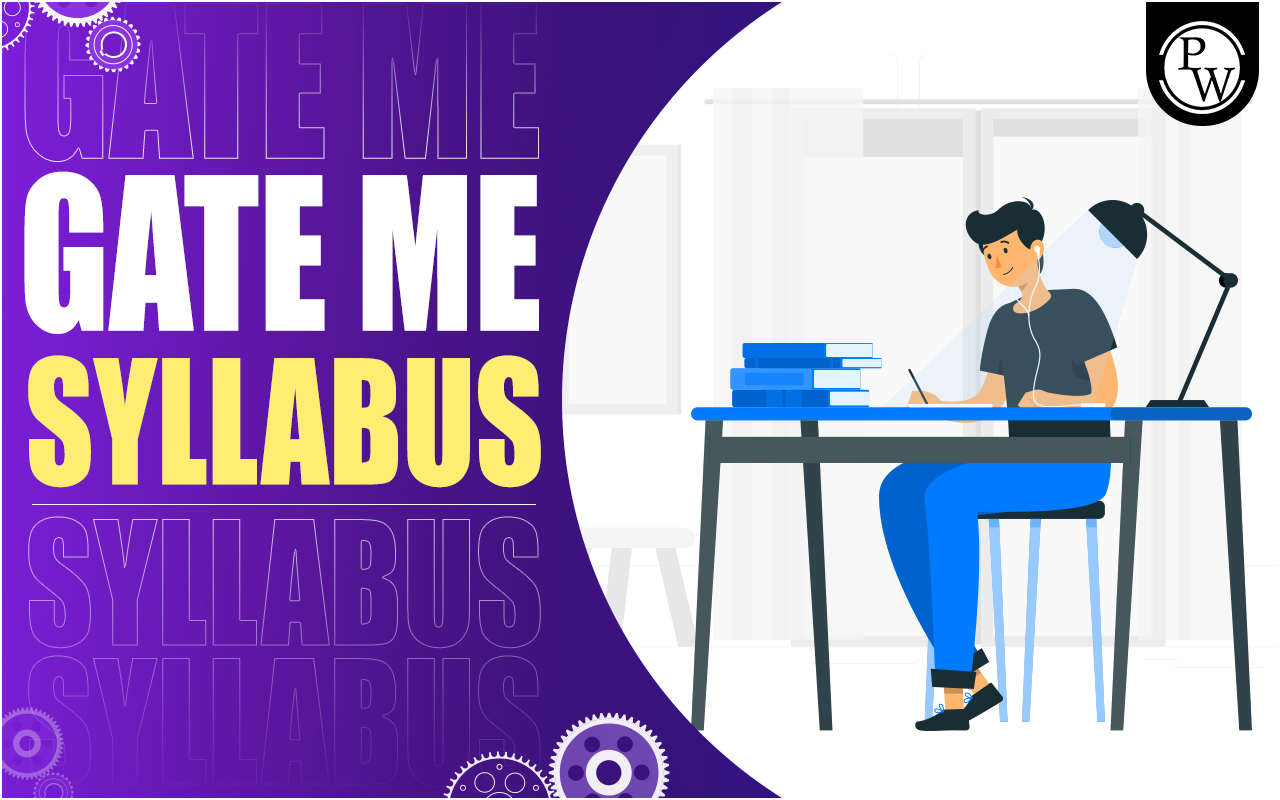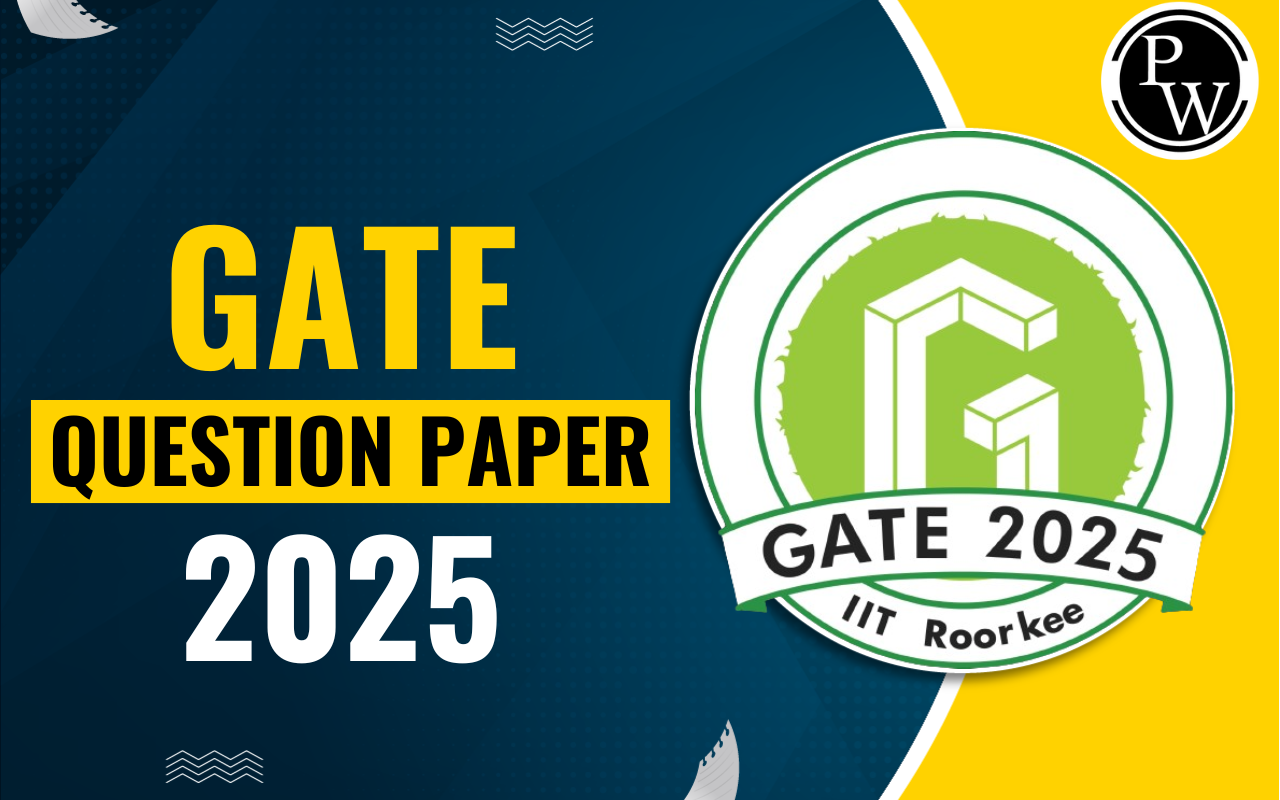
GATE Negative Marking 2026: The Graduate Aptitude Test in Engineering (GATE) is a highly competitive examination conducted every year to facilitate admission to postgraduate engineering courses and job opportunities in PSUs. Securing the highest marks in GATE opens doors to numerous career options for engineering graduates.
The exam follows a negative marking scheme to ensure fair evaluation of a candidate's ability. Avoiding negative marking is crucial for aspirants to obtain the top marks. The GATE 2026 will consist of 65 questions carrying a total of 100 marks. According to the GATE Exam Pattern, the negative marking will be applicable for MCQ questions only.
There is no negative marking applicable for MSQs and NATs. Let's understand the comprehensive details on GATE Negative Marking 2026.
GATE Negative Marking 2026
IIT Guwahati will administer the GATE 2026 examination for 30 various branches. Mastering the GATE exam requires in-depth coverage of syllabus, regular practice and good time-management. The exam assesses the problem-solving skills, logical ability and conceptual understanding of aspirants.
The GATE exam involves negative marking for multiple choice questions which carries 1 or 2 marks. For 1 mark question, the negative marking is 1/3 and 2/3 for questions worth 2 marks. Candidates must practice to improve their accuracy level and avoid the negative marking in the exam.
Here is a detailed exam pattern for GATE 2026 for better understanding of candidates:
| GATE Exam Pattern 2026 Overview | |
| Particulars | Details |
| Name of the Examination | GATE 2026 |
| Mode of the Examination | Online |
| Number of Questions | 65 |
| Total Marks | 100 |
| Number of GATE Papers | 30 |
| Types of Questions |
|
| Language | English |
| Number of Sections | General Aptitude + Aspirants Selected Discipline |
| Name of the Sections |
|
| GATE Marking Scheme | Each question carries 1 and 2 marks, respectively. |
| GATE Negative Marking | For a wrong answer in an MCQ:
|
Importance of GATE Negative Marking 2026?
The GATE Negative Marking 2026 encourages aspirants to provide accurate responses. The penalty for incorrect answers prevents random guessing and promotes accuracy in answering.
- It encourages applicants to only attempt questions about which they are relatively certain, lowering the possibility of guessing and enhancing the total accuracy of responses.
- GATE ensures that aspirants are rewarded for their knowledge and grasp of the subject area by utilizing negative marking.
- Negative marking assists in identifying performance. It aids in ranking aspirants not only based on accurate responses but also on their ability to avoid incorrect ones.
- GATE Negative Marking promotes thorough preparation and encourages aspirants to have a strong understanding of the topics covered in the exam.
GATE 2026 Marking Scheme for MCQs, MSQs & NATs
The GATE 2026 examination uses different marking schemes for different question types. Let's explore the marking scheme for each type.
Multiple Choice Questions (MCQs)
In the case of MCQs, aspirants must select one correct answer from a set of four options.
- For 1-mark multiple-choice questions, each incorrect answer will result in a deduction of 1/3rd (0.33) of the maximum mark allotted to the question.
- For 2-mark multiple choice questions, each incorrect response results in a deduction of 2/3rd (0.66) of the maximum marks assigned to the question.
Multiple-Select Questions and Numerical Answer Type (NAT)
- There is no negative marking on NAT questions.
- Aspirants are not penalized for incorrect NAT responses. Only responses that are correct will earn marks.
| GATE Negative Marking for Different Types of Questions | |
| Type of Questions | Negative Marking |
| 1 Mark Questions (MCQs) | 1/3 mark |
| 2 Marks Questions (MCQs) | 2/3 mark |
| Multiple Select Questions (MSQs) | No negative marking |
| Numerical Answer Types (NATs) | No negative marking |
Common Errors to Avoid Negative Marking in GATE 2026
While appearing for the GATE 2026 examination, aspirants need to avoid the following common mistakes to prevent negative marking:
- Avoid guessing answers without knowledge or explanation, as it can lead to deductions and lower scores. Focus on questions with understanding.
- Before answering questions, aspirants need to feel confident. Instead of answering them all, prioritize the ones with confident answers.
- Allocate time wisely for each question to avoid rushed decisions and careless mistakes. Avoid devoting too much time to difficult questions.
- Balance attempts and accuracy. Each incorrect answer carries a penalty, so prioritize accuracy over the number of questions.
GATE 2026 Marking Scheme
The IIT Roorkee will conduct the GATE exam for the next academic year for 30 different subjects. Each paper consists of 65 questions worth 100 marks. The questions are distributed among different sections, as shown in the table below.
| GATE 2026 Marking Scheme | ||||
| Paper Code | General Aptitude Marks | Core Subject Marks | Total Marks | Total Time |
| AE, AG, BM, BT, CE, CH, CS, CY, EC, EE, ES, EY, IN, MA, ME, MN, MT, NM, PE, PH, PI, TF, ST | 15 | 85 | 100 | 3 Hours |
| AR [Part A + Part B1 (Architecture) OR Part B2 (Planning)] | 15 | 60 + 25 | 100 | 3 Hours |
| GE [Part A + Part B (Section 1 OR Section 2)] | 15 | 55 + 3- | 100 | 3 Hours |
| GG [Part A + Part B (Section 1 Geology OR Section 2 Geophysics)] | 15 | 25 + 60 | 100 | 3 Hours |
| XE (Section A + Any Two Sections) | 15 | 15 + (2 x 35) | 100 | 3 Hours |
| XH (Section B1 + Any One Section) | 15 | 25 + 60 | 100 | 3 Hours |
| XL (Section P + Any Two Sections) | 15 | 25 + (2 x 30) | 100 | 3 Hours |
How to Avoid Negative Marking in GATE 2026?
It goes without saying that negative marking impacts the overall GATE scores of aspirants. Therefore, it is crucial to understand how it can be avoided while attempting the GATE 2026 examination. Here are some tips aspirants may follow:
- Thorough Preparation: Strong fundamental knowledge and thorough preparation in the subject areas can help reduce the likelihood of selecting incorrect responses. Therefore, aspirants must ensure that they carefully read the GATE Syllabus for their respective papers.
- Time Management: Managing time effectively during the exam allows aspirants to devote enough time to questions they are confident about, lowering the possibility of making mistakes due to limited time. Attempt as many mock tests as possible or GATE previous year’s question paper with a timer to improve time management skills.
- Eliminating Options: In the event of uncertainty about an answer, aspirants can wisely adopt the elimination method. Which they may land on the correct answer if they eliminate the incorrect answer after strategically guessing. Aspirants must evaluate the marking scheme and their overall level of confidence when solving questions using the elimination approach.
Elevate your GATE readiness with Physics Wallah’s GATE Online Courses. PW GATE Online Coaching offers comprehensive live sessions tailored to the syllabus, invaluable study materials, practice tests, and much more.
GATE Negative Marking 2026 FAQs
Q. What is the negative marking scheme in GATE 2026?
Q. Is the GATE negative marking the same for 1 and 2-mark questions?
Q. Which types of questions have negative marking in the GATE exam?
Q. Is there a negative marking in the General Aptitude section of GATE 2026?
Q. Do NATs questions have negative marking in the GATE exam?
Q. Can I leave questions unanswered to avoid negative markings?


